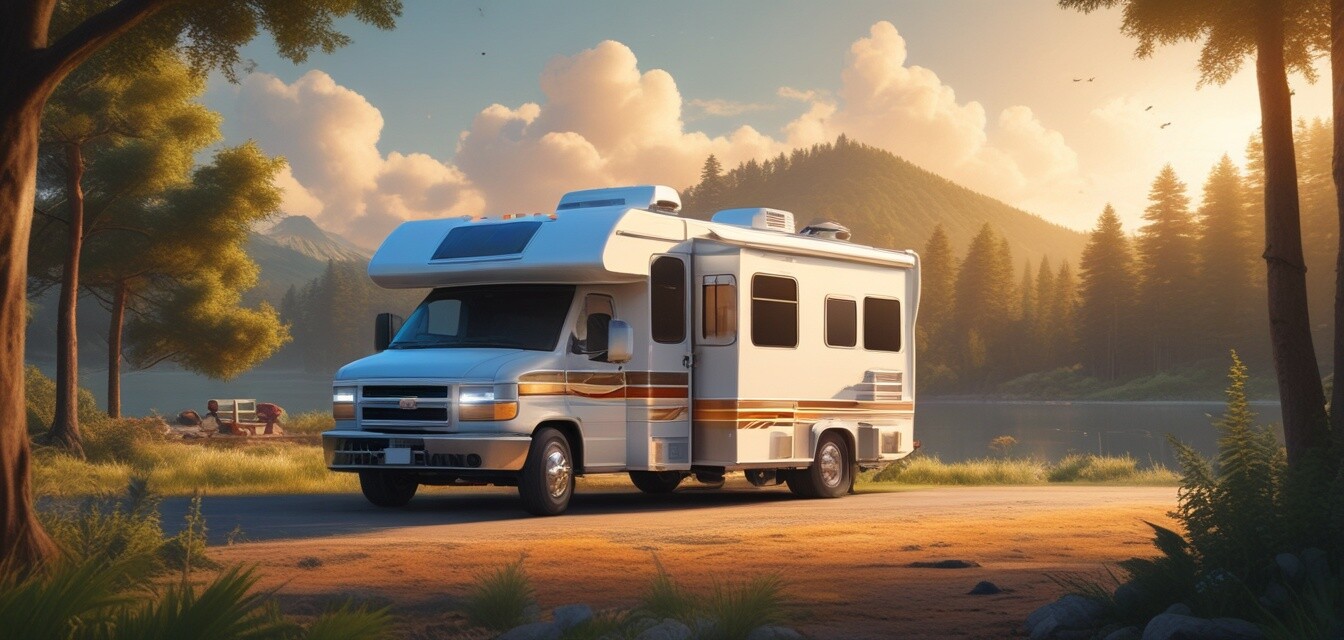
Essential components of a solar-powered RV setup
Key Takeaways
- Understanding the vital components for a solar-powered RV system can enhance your camping experience.
- Components include solar panels, charge controllers, batteries, inverters, and mounting kits.
- Select the right components based on your energy needs and RV size.
- Installation can be straightforward for those familiar with basic RV mechanics.
- Consider maintenance and upgradeability when choosing solar products.
Embracing a solar-powered RV setup not only allows you to harness renewable energy but also grants you the freedom to roam without worrying about your power source. This guide walks you through the essential components of a solar-powered RV system, allowing you to prioritize what's most important for your unique setup.
Components of a solar-powered RV system
| Component | Description | Importance |
|---|---|---|
| Solar Panels | Devices that convert sunlight into electricity. | They are the primary source of energy in your solar setup. |
| Charge Controller | A device that regulates the voltage and current from the solar panels to the batteries. | Protects the batteries from overcharging and prolongs battery life. |
| Batteries | Energy storage devices that hold the electricity generated by the solar panels. | Ensure you have power when there's no sunlight. |
| Inverter | Converts stored DC power in batteries to AC power for appliances. | Essential for running standard household devices in your RV. |
| Mounting Kits | Hardware that secures solar panels to your RV’s roof. | Ensures panels are safely attached and positioned for optimal sunlight exposure. |
1. Solar Panels
Solar panels are the heart of your solar setup. Understanding how they work and which type is best for your RV can significantly impact your energy independence. Consider the following types of solar panels for your RV:
- Monocrystalline: Efficient and space-conserving, ideal for limited roof space.
- Polycrystalline: Generally less expensive but requires more space for the same wattage.
- Thin-Film: Lightweight and flexible, good for unconventional mounting.
2. Charge Controller
A charge controller is critical for protecting your battery investment. It prevents overcharging, which can lead to battery damage. There are two types:
- PWM (Pulse Width Modulation): More affordable but less efficient.
- MPPT (Maximum Power Point Tracking): More expensive but maximizes solar energy input.
3. Batteries
Choosing the right battery is essential for storing energy for nighttime use or while parked away from direct sunlight. Common types include:
- Lead-Acid: Economical but heavy; generally last 1-2 years.
- Lithium-Ion: Expensive, lightweight, and last 5-15 years with better performance.
- AGM (Absorbent Glass Mat): Safe and maintenance-free, an excellent fit for RVs.
4. Inverter
Inverters are indispensable if you plan to power household appliances. Key points are:
- Pure Sine Wave: Best for sensitive devices, ensuring safe operation.
- Modified Sine Wave: Cheaper but may not work well with all electronics.
5. Mounting Kits
Securing your solar panels correctly is vital for their longevity and performance. Look for kits that offer easy installation as well as durability.
Pros
- Increased energy independence from the grid.
- Lower long-term energy costs.
- Reduced environmental impact.
- Quiet and maintenance-free power generation.
Cons
- High initial setup cost.
- Requires space on the roof for solar panels.
- Dependent on sunlight exposure.
- Installation may be complex for beginners.
Considerations for your solar-powered RV setup
Before investing in a solar system, assess your energy needs. Consider the following:
- Daily Energy Consumption: Calculate how much power you'll need based on your appliances.
- Roof Space: Measure the available space for solar panel installation.
- Budget: Set a budget that accommodates your ideal components.
Installation tips
Installing your solar-powered setup can be a fulfilling project. Follow these basic tips:
- Read all manufacturer instructions carefully.
- Gather all necessary tools and components before starting.
- Ensure your panels are mounted at the optimal angle for sunlight exposure.
Looking for accessories?
Don't forget to check out these related accessories that can enhance your solar setup:
Conclusion
Having a well-thought-out solar-powered RV setup can markedly improve your off-grid experiences. By investing wisely in the right components and understanding their functions, you can enjoy the benefits of renewable energy on the road, enhancing both your comfort and independence.